03/07/2017: The first group of USAF F22s arrived at RAAF Tindal ahead of the first Enhanced Air Cooperation activity in Australia under the US Force Posture Initiatives.
The F22s are operating from RAAF Base Tindal and are the largest and longest rotation of fifth-generation aircraft to visit Australia to date.
The F22s will conduct combined training activities with the Royal Australian Air Force’s 75 Squadron F/A-18A/B Hornets along with ground assets and personnel.
Credit: Australian Minister of Defense
March 1, 2017
In a presentation made to the Williams Foundation seminar on airpower held in March 11, 2014, the RAAF’s exchange pilot at that time who became a proficient F-22 pilot, RAAF Fighter Pilot Matthew Harper, explained what it was like to become a 5th generation pilot.
The term 4th to 5th generation suggests a gradual step grade function, much like the evolution of airpower over the past 50 years.
Fifth generation is not a step grade; it is a leap into a whole new way of doing air combat and combat operations.
Harper went out of his way to describe the “unlearning” process that is necessary from operating his Super Hornet to flying the F-22.
Buying fourth generation aircraft is not a holding pattern for the future; it is being left behind in a different historical epoch.
It is about as dramatic as doing cavalry charges with horses and Blitzkrieg warfare; something that did not work out very well for Poland in 1939.
For Harper, the systems in the fifth generation aircraft, which take a giant leap forward with the F-35, provide the pilot with a decision making role, not an overburdened “look at your screens” and sort out what to do role.
He summarized the impact that he saw with three key examples:
First, within the first 30 minutes of sitting down in the simulator, he grasped that his ability to dominate the air space with the F-22 was clear.
Second, the abilities of the pilots are significantly augmented with fifth generation capabilities. He cited a recent example where a USAF pilot with only 350 total flight hours flew in Red Flag and dominated his airspace. For Harper, this would be virtually impossible to imagine in any other plane.
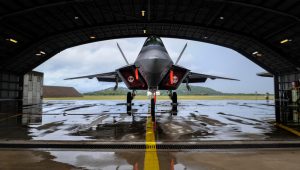 United States Air Force F-22 aircraft visit RAAF Base Townsville as part of the first Enhanced Air Cooperation activity in Australia under the US Force Posture Initiatives. Credit: Australian Ministry of Defence
United States Air Force F-22 aircraft visit RAAF Base Townsville as part of the first Enhanced Air Cooperation activity in Australia under the US Force Posture Initiatives. Credit: Australian Ministry of Defence
Third, he cited the experience of a USAF F-15C pilot who told him:
“I have more SA with only 20 hours on the F-22A than I ever had with over 1500 hours on the F-15C.”
The overarching point of the presentation was that the fifth generation experience was about disruptive change, not evolution. You needed to get into the fifth generation platform to experience the change and learn how to shape tactics and concepts of operations relevant to 21st century operations, rather than perfecting your 20th century piloting skills.
He went out of his way to compare the Super Hornet to the F-22A with a core focus on how the former was NO WAY the later. Whereas the F-22A was an SA and information dominance machine, the Super Hornet was a classic aircraft which had the limitations of any airplane not built from the ground up to be an information dominance aircraft for the 21st century battlespace.
While the Super Hornet is a significant upgrade from the Hornet, it is not and never will be able to deliver what a fifth generation aircraft can deliver: integrated data fusion and re-shaping the pilot and squadron roles in prosecuting air dominance and support to the joint force in the battlespace.
In short, the leap ahead is crucial; and reworking the culture of the RAAF will be necessary to leverage the disruptive technology built into fifth generation aircraft.
Editor’s Note: During his visit to Australia in December 2016, Colin Clark of Breaking Defense wrote about the coming of F-22s to Australia.
SYDNEY: While it will be a short deployment, Australia and the United States have agreed to deploy America’s most advanced fighter next year as part of the Enhanced Air Cooperation (EAC) Initiative that has seen B-2 bombers and other advanced American aircraft deployed to the lucky country.
Adm. Harry Harris, head of Pacific Command, disclosed the news during a Q and A session at the Lowy Institute, a foreign policy thinktank here. Harris, fresh from a short visit to the seemingly always turbulent island state of Papua New Guinea, did not disclose how many F-22s would fly to the Royal Australian Air Force‘s base in Tindal.
While the US Marines have gotten most of the press for their now sort of regular six-month deployments to the northern port city of Darwin, 2017 marks a significant ramp-up in the air portion of America’s military commitment to — arguably — our closest ally.
An RAAF F-22 Pilot Explains the Dramatic Shift to Fifth Generation



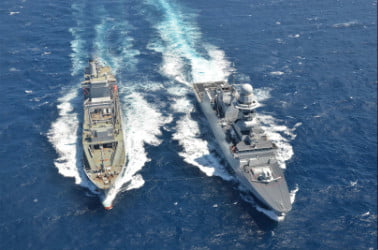
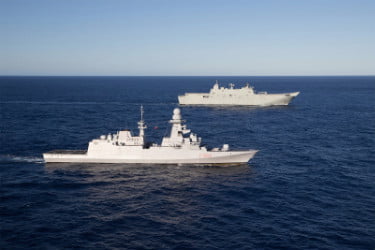

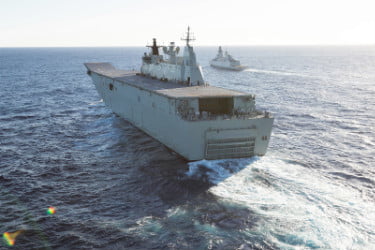
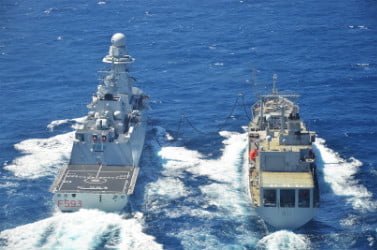
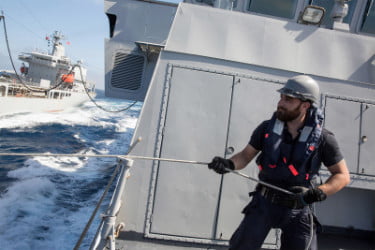
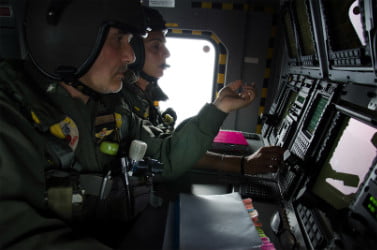
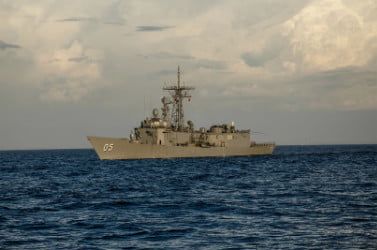
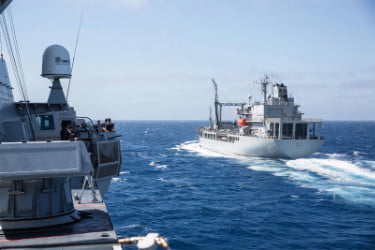
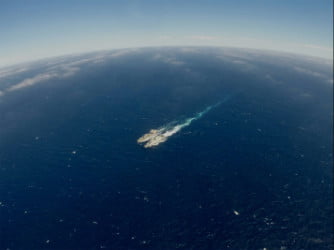

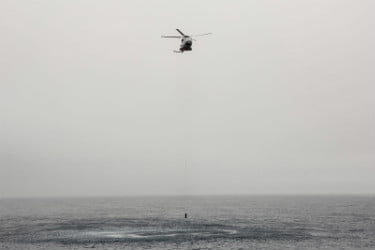
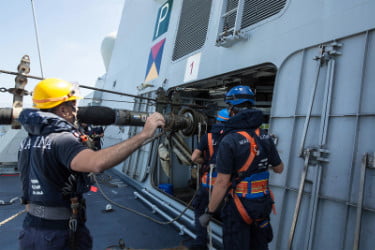
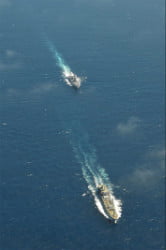
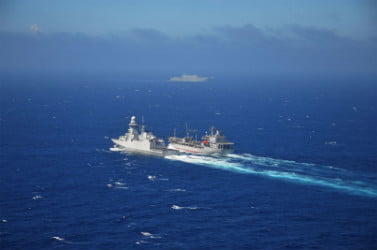
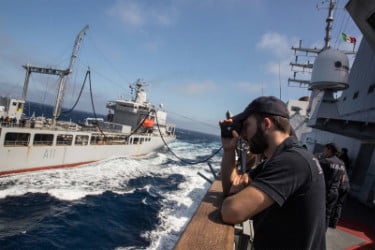
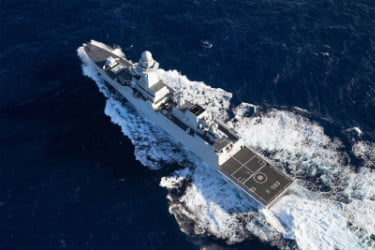
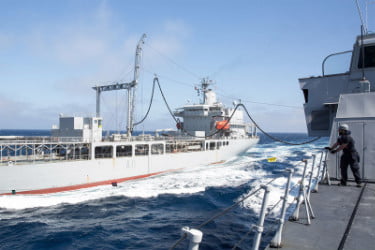
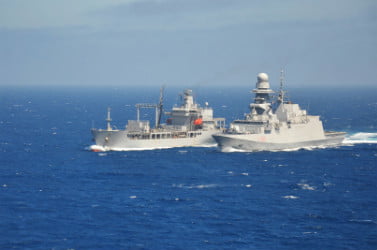
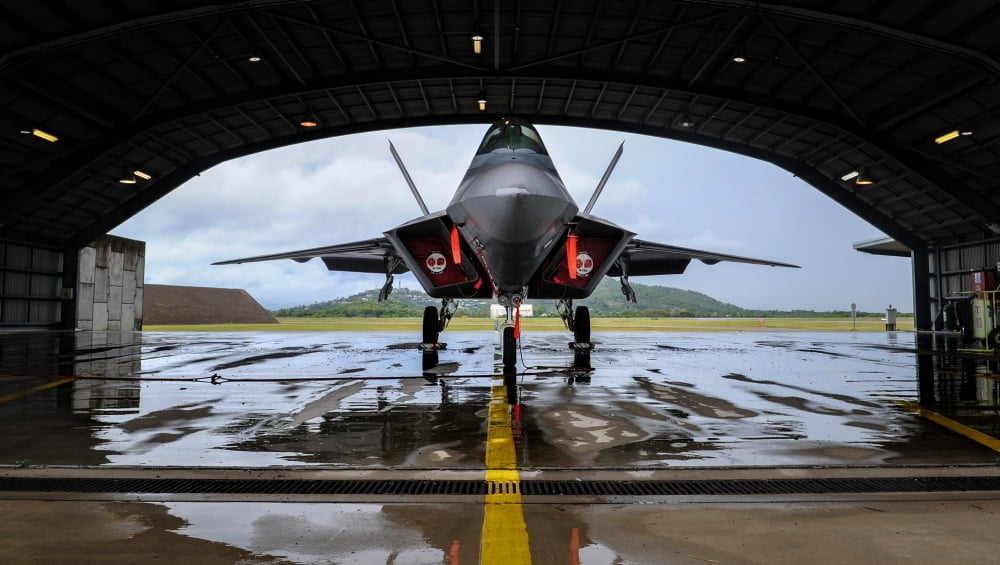
 United States Air Force F-22 aircraft visit RAAF Base Townsville as part of the first Enhanced Air Cooperation activity in Australia under the US Force Posture Initiatives. Credit: Australian Ministry of Defence
United States Air Force F-22 aircraft visit RAAF Base Townsville as part of the first Enhanced Air Cooperation activity in Australia under the US Force Posture Initiatives. Credit: Australian Ministry of Defence